Uncover
Synthesis
New synth design, programming synths and sound design
What two simple sinus waveforms can do
Another new synth on the block: The Nonlinear Labs C15. Based on just two simple sinus waveforms it can sound quite unique. The magic is in the use of frequency modulation, feedback loops, comb filters and effects.
The C15 looks good and the span of different sounds is quite remarkable. Check it out yourself:
Resurrection of the OB-X(8)(a)
Many of the great analog polysynth have been reissued again, including the Sequential Prophet, Moog One, Korg ARP 2600, to name a few. Now the OB-X, OB-Xa, OB-8 is back! The new OB-X8 will be introduced on the Superbooth 2022 issue in Berlin. This is my favourite synth from the 80’s! Curious to try it out.
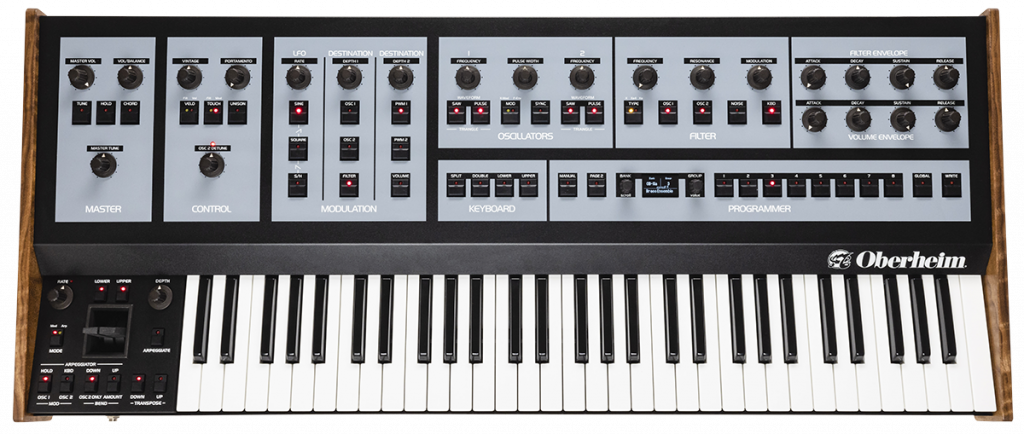

The final Prophet
So will it be the final Prophet synth created by Sequential? The Prophet 5 was one of the first polyphonic synthesizers available in the market around 1978 created by Sequential Circuits. It was microprocessor-based and had memory slots for storing patches. These patches even remained in memory when the instrument was switched off, quite a groundbreaking instrument at that time. During the years 1978 – 1984 it came in 3 hardware revisions, most notably a switch from SSM2040 (rev 1 and 2) to CEM3320 (rev 3) filter chips. Later on, a monophonic Prophet synth was released, the Prophet One. Unable to afford a Prophet 5 myself, I bought a Prophet One around 1982, but sold it later on.
Ever since the first Prophet synth introduced in the late 70s, a lot of hardware and software emulations of the original Prophet synth have hit the market. Even the founder of Sequential Circuits and original creator of the Prophet synth Dave Smith introduced hardware synths during the last 20 years. As Dave Smith Instruments: the Prophet 08, Prophet 12, Prophet Rev 2 and later on as Sequential: the Prophet 6.
So will this reissue of the Prophet 5 be the final and ultimate Prophet synth?
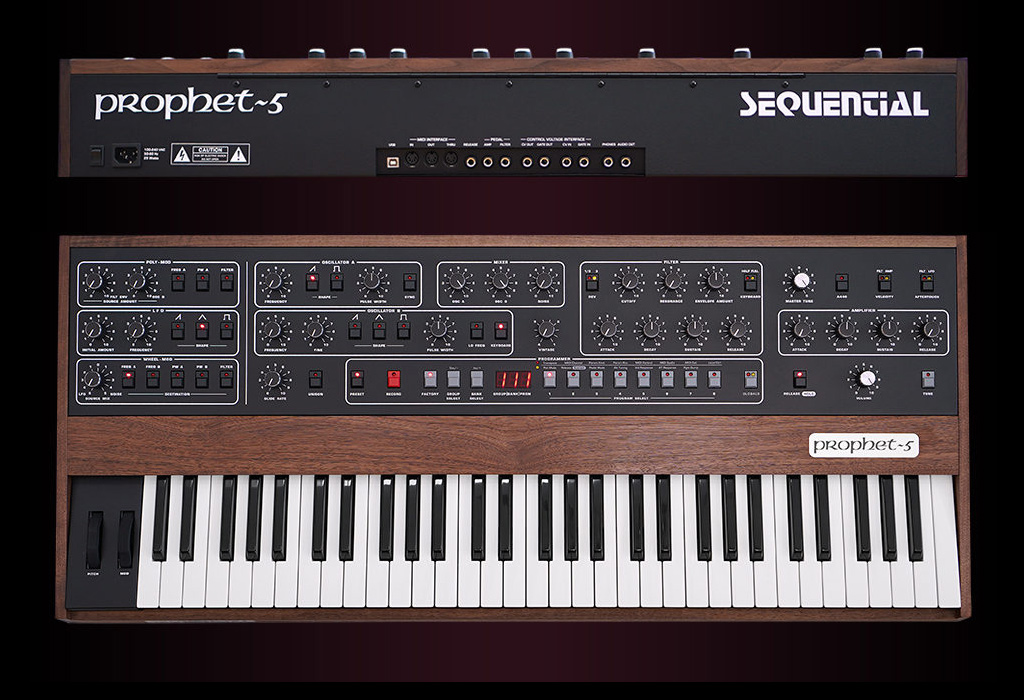
Added with some external delay and reverb, the new Prophet 5 (Rev 4) sounds super smooth. Check it out yourself:
Rule the waves
After a decade of analog revival in synthesizer development now digital is back again! To be more precisely, wavetable synthesis is certainly hot these days. It started back in the 70s with the introduction of the PPG synth and continued later on in other Waldorf synths up to and including the latest Quantum and Iridium synths. Also Korg picked up the concept of morphing digital waves through time in the 90s with their Wavestation synth and has recently introduced it’s successor the Wavestate synth. As new kids on the block, both Modal and ASM recently introduced their own versions of wavetable machines. The ASM Hydrasynth does not only deliver a very well designed synth but also offers something that we don’t see very much: polyphonic aftertouch!
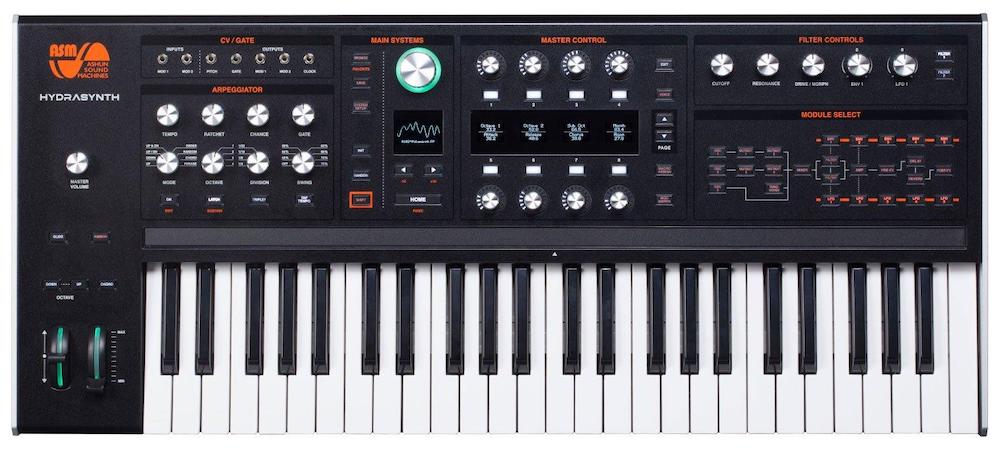
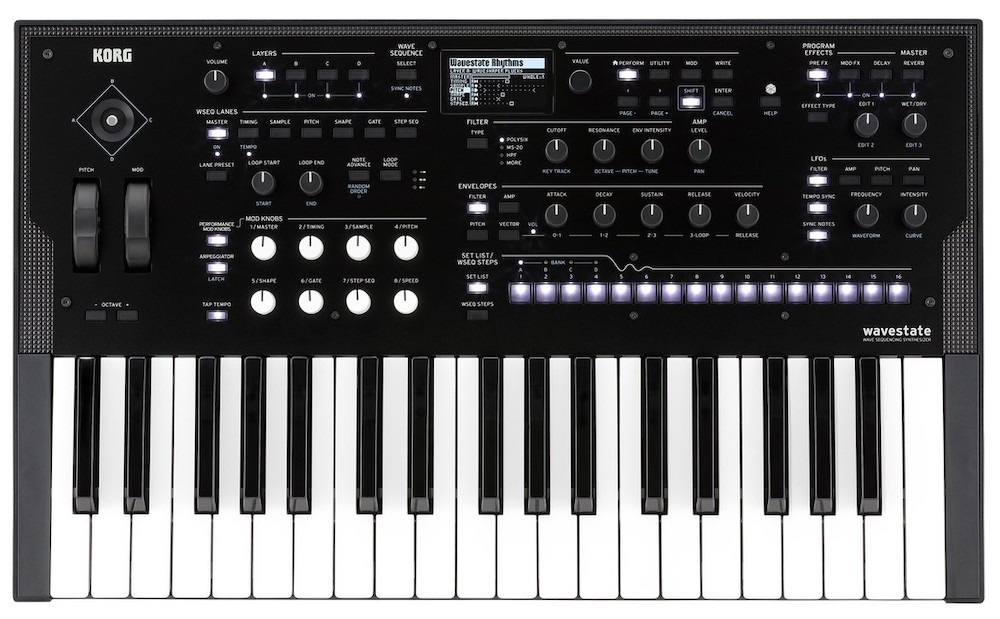
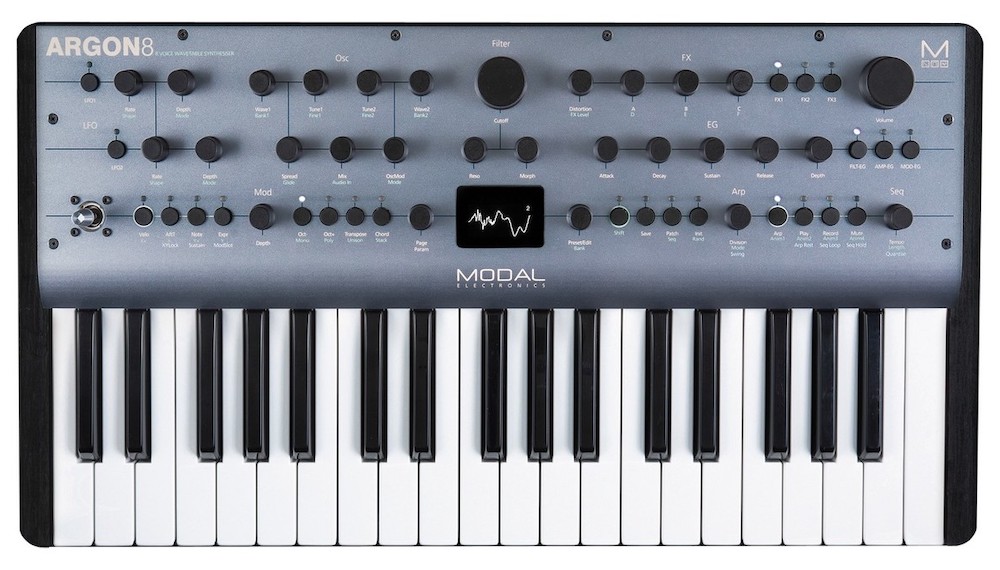
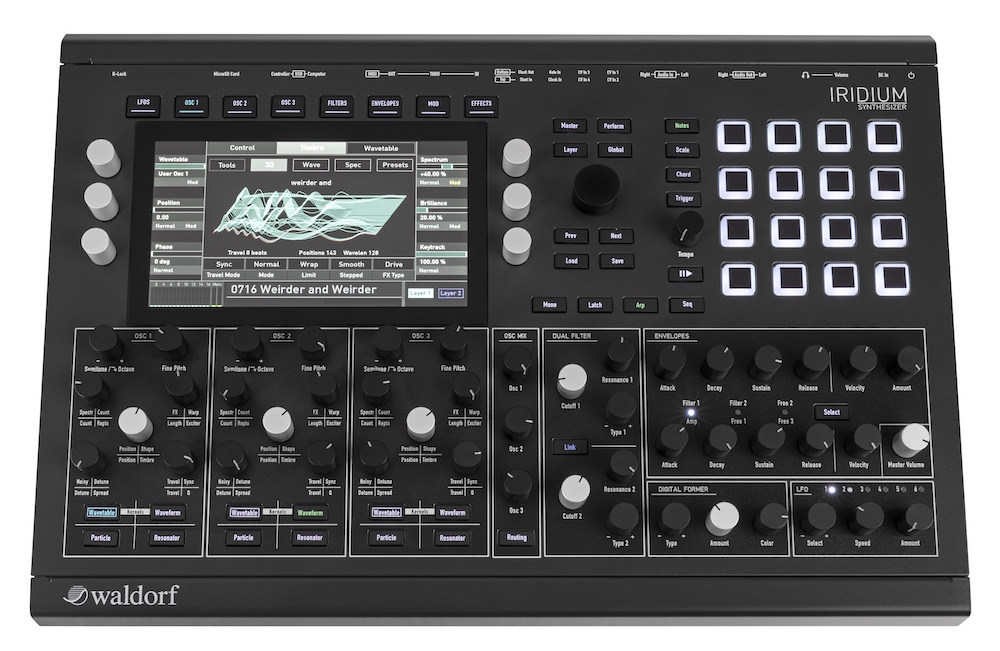
New synth design: use of FPGA
The latest buzz in synthesizer hardware design is the use of FPGA chips. FPGA stands for Field Programmable Gate Array. The main advantage over traditional microprocessor chips is that FPGA’s can handle a lot of digital signals in parallel whereas a microprocessor needs to sequentially run each instruction one at a time. In hardware synthesizers this has been solved thusfar mainly by using multiple microprocssors in one synth, for example a separate microprocessor for each (dual) voice/oscillator board. Now we see the first synths with FPGA’s, like Waldorf’s Kyra and Novation’s Peak and Summit.
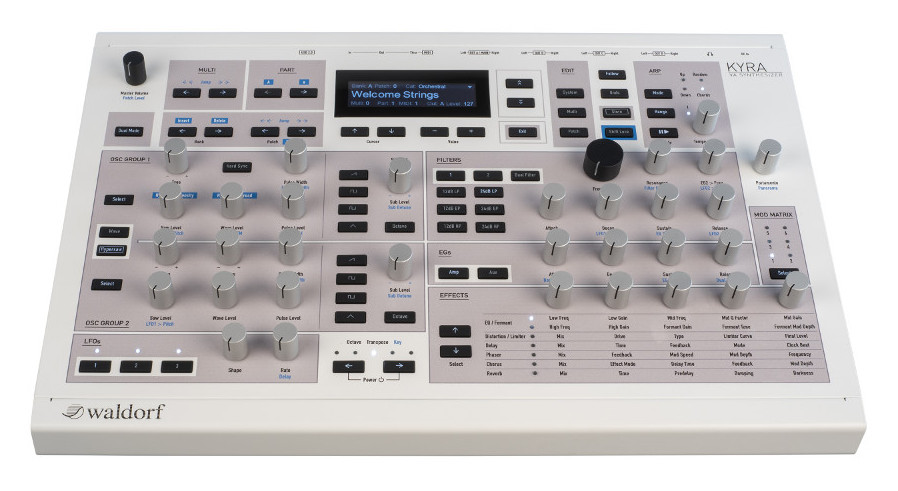
Google NSynth Super
We will see a lot of new developments in the near future around new sound generation and synthesis based on machine learning. Specifically, neural networks with a lot of layers (deep learning) can be applied to ‘learn’ new types of soundwaves, based on learning through feeding the neural network with existing soundwaves. Google has done just that by developing an instrument called the NSynth Super. Basically a sample player with new sounds learned and generated offline by the neural network and fed into the NSynth Super. You can set the output waveform on a touchpad by mixing the characteristics of 4 selected basic waveforms. The synth is available as an open source build-it-yourself project. Take a look at the video to see what it is all about.
Moog One
A synth everybody has been waiting for. A true flagship synth! Finally it is hear, the polyphonic Moog One synth!
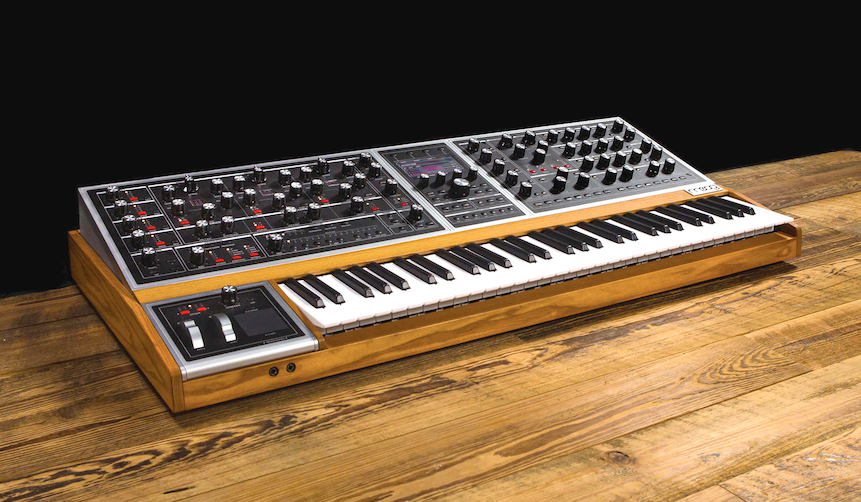
Similar architecture as the Minimoog, 8-voice or 16-voice, 3 zone’s. Can’t wait to play it!
Top End Synths
Announced at the Frankfurt Music Messe 2017, Waldorf is introducing a new innovative synthesizer design. The company that introduced the first wavetable-based synthesizer, the PPG, is releasing it’s new stylish looking Quantum flagship synthesizer.
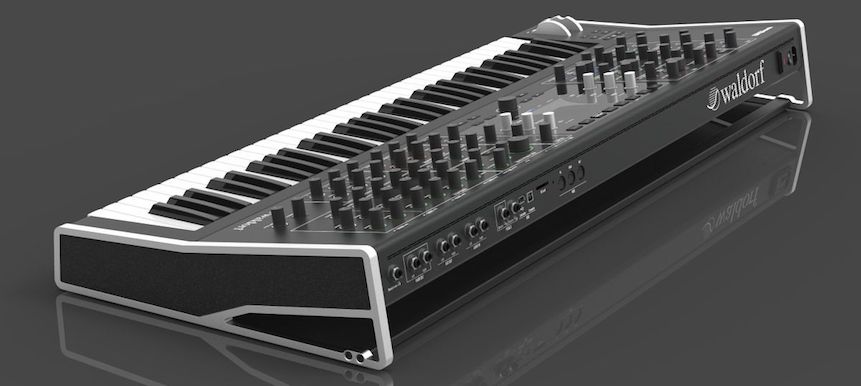
Some innovative new features include a 3 oscillator synth design, where each oscillator can be picked from a wavetable bank, analog waveform set, granular sample bank or resonator filter bank. It’s an 8-voice design with dual analog filters, plenty modulators and digital effects inside. Due to be released later this year, this promises to be a real top-end synth, in the same league as John Bowen’s Solaris synth.
Eurorack Explosion
In the last couple of years analog synthesis is definitely back again. But we now witness another revival of old synth stuff which is modular synthesis in the form of standardised Eurorack modules. Not only the big names have released synths with Control Voltage and Gate I/O but a lot of small development organisations have jumped onto the Eurorack module development. Take a look at the excitement and buzz at the latest Machines in Music festival.
Survival of the Fattest
Again, some exciting news which further underlines the trend of going back to the basics with analog synthesis: Announced at Moogfest 2016, Moog is about to reissue the Minimoog Model D. This is the grandfather of all synths, originally created in the ’70s.
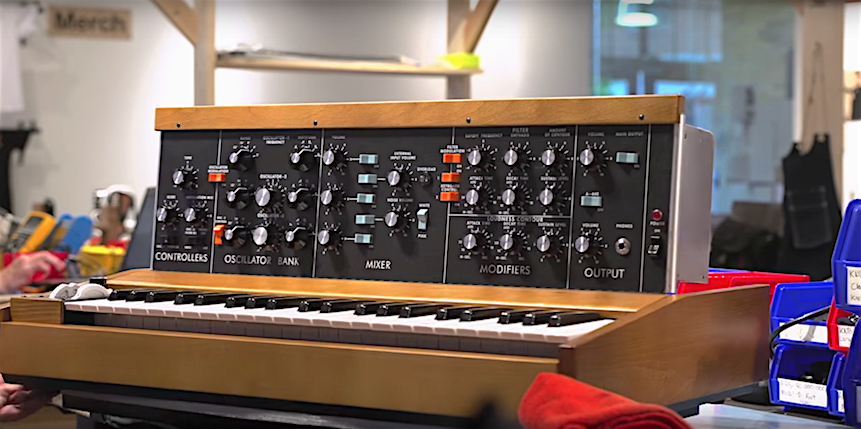
This time it is not a copy using modern electronics, but it’s build using the same analog components as the original. Some extra features were added in like MIDI, and also a separate LFO (instead of having to sacrifice Oscillator 3 as LFO), and some extra modulation possibilities by utilizing multiple CV in and out jacks on the back of the instrument. It does not come cheap but hey, if you want the real thing then this is definitely it. It will be a limited edition, just like the Taurus pedals a couple of years ago. Although it’s exciting to see this faithfull recreation, we are still waiting for a Moog poly synth to become available, the MegaMoog (in the meantime it has been released and it’s called the Moog One)
OB-8 + Prophet 6 = OB-6
The famous name for analog synthesis Oberheim (named after it’s founder Tom Oberheim) enters another exiting phase. This time at the NAMM 2016 show Oberheim joined forces with another legend in analog synthesis Dave Smith, who started Sequential Circuits back in the ’70s, famous for it’s Prophet line of synthesizers. After Oberheim introduced the successful X-Voice, OB-X(a), OB-8 and Matrix line of synthesizers, Tom Oberheim went his own way with Marion Systems. Driven by the analog revival, he recently introduced the basic buidling block that started it all, the SEM, followed by the Two Voice Pro synth. With the help of his former competitor, now the OB-6 analog 6-voice synth is here!
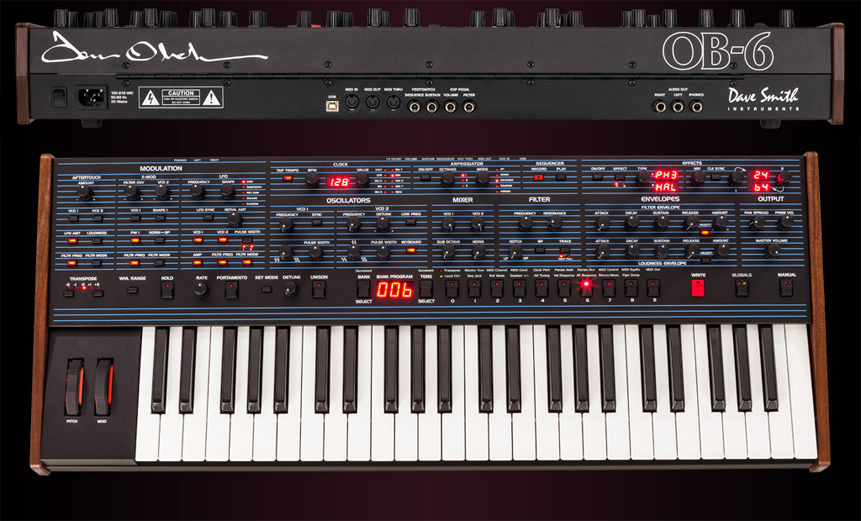
Clearly, from the outside as well as from the inside, the OB-6 looks like a modification of the Sequential Prophet-6. The casing, the keyboard, the wheels look identical. The front panel uses the blue line printing and the typography/font of the OB-Xa synth back from the ’80s. Important to note is that the oscillators, just like the Prophet-6, are all voltage-controlled analog (unlike former DSI synths).
Although the OB-6 doesn’t have the extensive modulation matrix capabilities on board, it offers quite some modulation features, more than the original OB-Xa and OB-8 synths. Compare the OB-Xa modulation section with the new OB-6 modulation section below. The question remains if the new OB-6 inherits the same silky 2-pole filter sound present in any analog SEM-based synth.
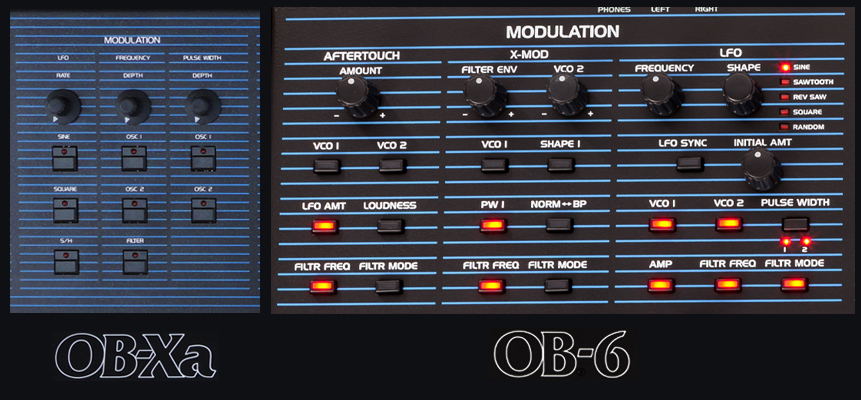
Analog has come full circle
The pace at which new electronic musical instruments are being introduced is increasing year by year. The development and production time for new synthesizers seems to be decreasing constantly leading not only to ever increasing number of software-based synthesizer plugins but also to a constant introduction of new hardware synthesizers in different variations and combinations. Although, should we say new?
At the NAMM 2015, the largest music production industry show, analog synthesis has come full circle again. In the 70s manufacturers like Moog, ARP, Sequential Circuits and Oberheim introduced their first analog mono and poly synthesizers. During the 80s new digital synthesizers were being introduced leading to an almost complete disappearance of mentioned manufacturers. Later on software synthesizers became the new thing. But now analog is completely back again! It’s the vintage sound, the knob tweaking for instant sound creation and the looks (wooden sidepanels) that make them special. Old heroes never die!
So Moog decided to bring back it’s Moog Modular synths, Korg introduced the all analog ARP Odyssey with the help of former ARP co-founder and lead designer David Friend, Dave Smith acquired the old Sequential name back from Yamaha to introduce the all analog Prophet 6 and Tom Oberheim is back into business with his Two Voice Pro synth. Analog is back again!
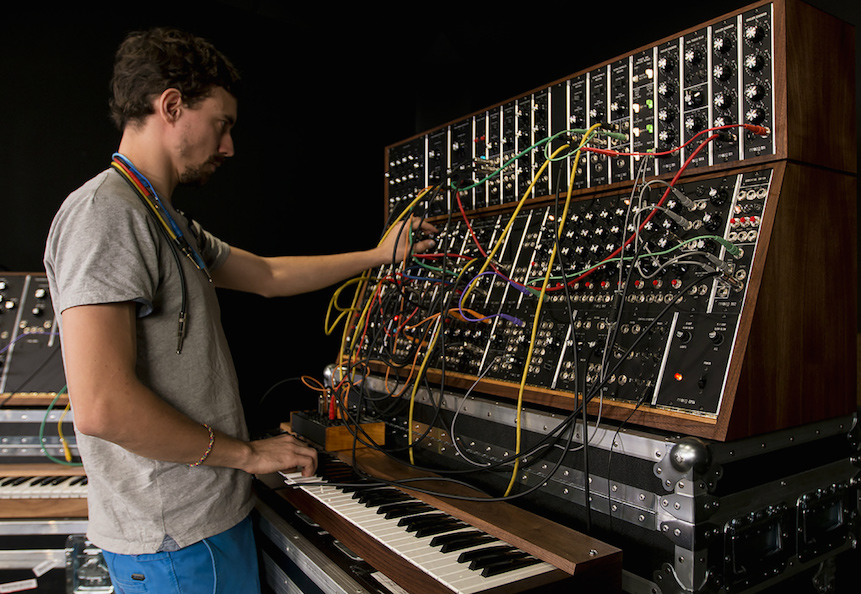
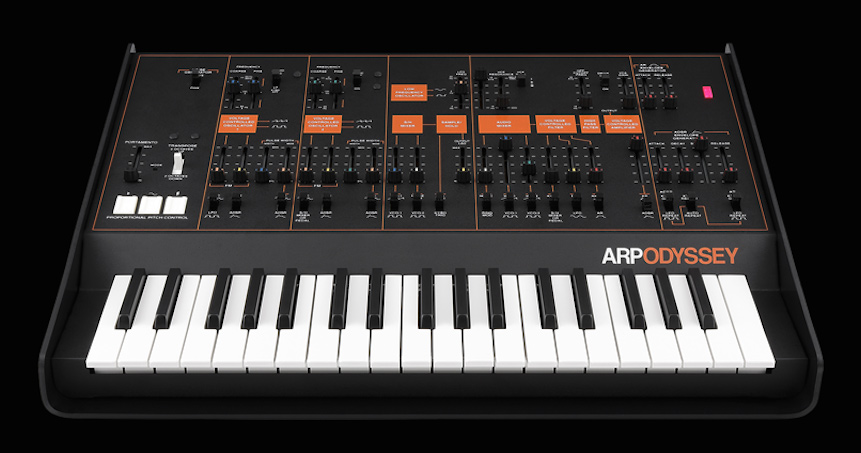
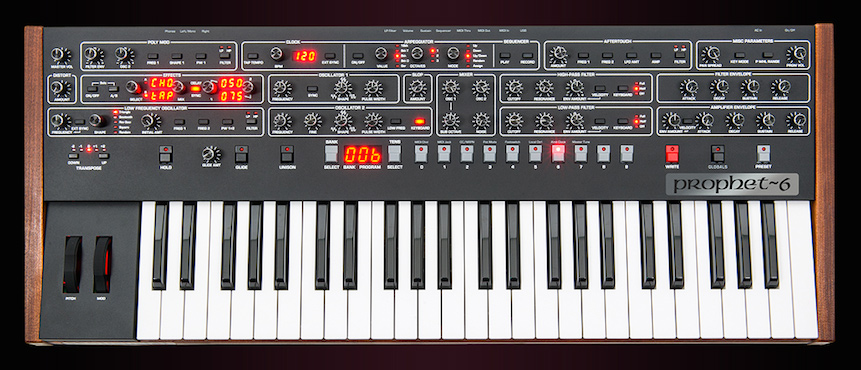
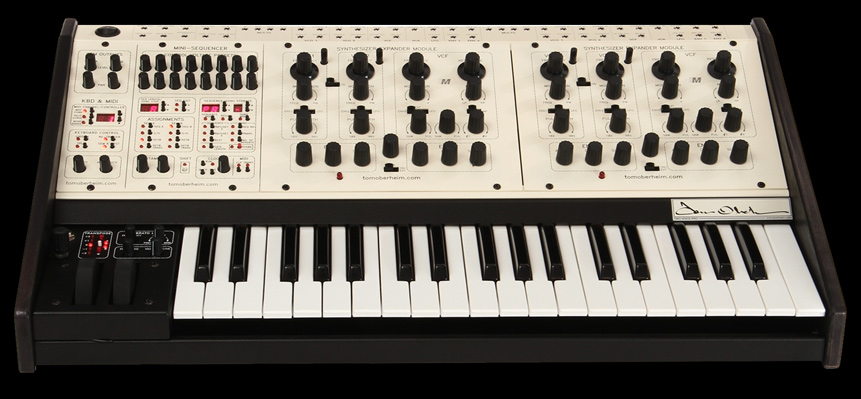
What to expect next: A Memorymoog, ARP Chroma, Prophet 12 VS, or Oberheim OB-4?
Modulation Nostalgia
Almost all classical analog synthesizers (as well as many analog sound processing units) have been recreated in digital plugin form nowadays. However one important synth was clearly missing, but now it’s here: the Oberheim Matrix 12 V! The Arturia company was well on it’s way with the SEM V, but now they’ve done a Matrix 12 recreation. This synth has a classic VCO – VCF- VCA structure, but is famous for it’s extensive modulation possibilities. This is a kind of a blending between a fixed architecture and a modular approach, enabling complex sound scaping. Besides this, I personally also liked the silky SEM filter sound as well as the really fat sound by stacking oscillators when played in unison mode.
The Matrix 12 was also one of the first synths used by Michael Brecker when playing the EWI. It can be heared on the Steps Ahead ‘Magnetic’ album. So obviously I had to check it out to see if the Matrix 12 V also would be able to generate these classic EWI sounds. Stay tuned for some first results!
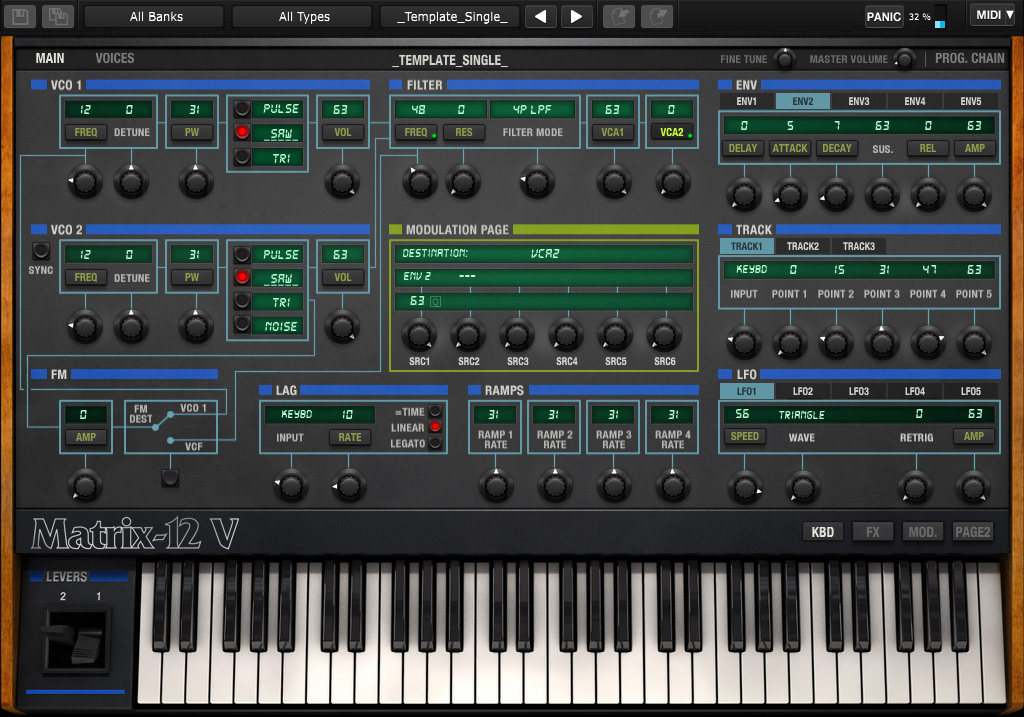
New synth buzz: Paraphonic
Traditionally a distinction has always been made between monophonic and polyphonic synthesizers. Apart from a few exceptions, on any synth one could either play just one note (like the Minimoog) or more notes simultaneously (like the 5-voice Prophet 5). Monophonic synths could be offered for a lower price compared to their polyphonic big brothers, without compromising it’s sonic capabilities. Now we see the rise of the paraphonic synth, this time not driven by reduction of hardware cost, but more driven by marketing and positioning. The paraphonic synth allows several voices to be played independently however they share one filter.
Dave Smith introduced the Pro 2 (derived from the Prophet 12, in it’s name a successor of the SC Pro-One), a 4-voice paraphonic synth that allows you to play the four oscillators independently, each with their own envelope.
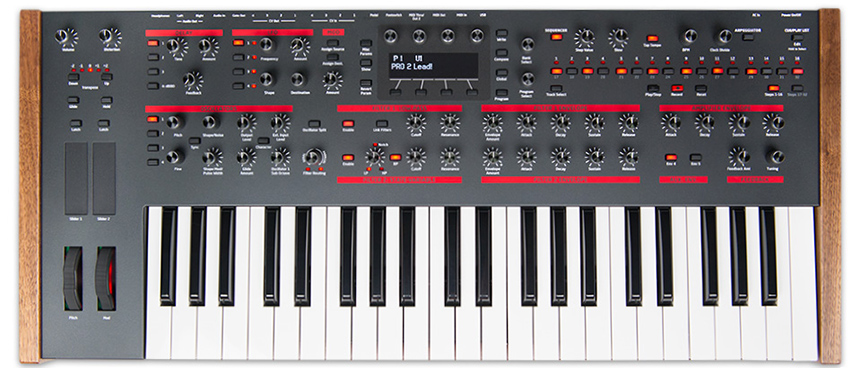
Moog introduced the Sub 37, a 2-voice paraphonic synth that allows you to play oscillator 1 and oscillator 2 independently.
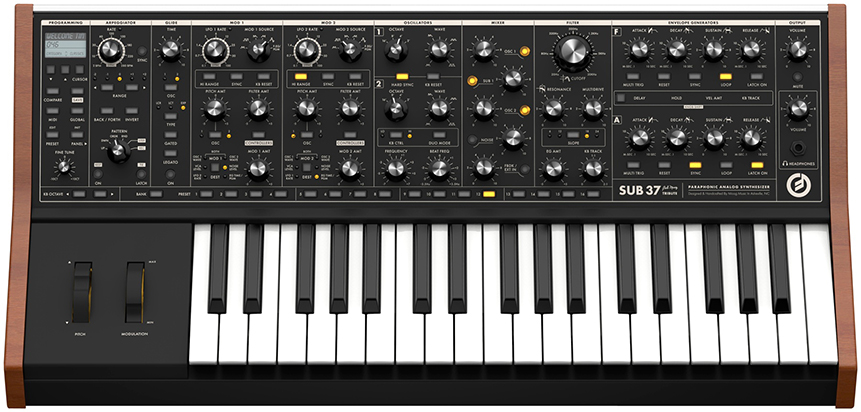
Korg is introducing a remake of the ARP Odyssey (a duophonic synth derived from the ARP 2600), a 2-voice paraphonic synth allowing you to play two oscillators independently.
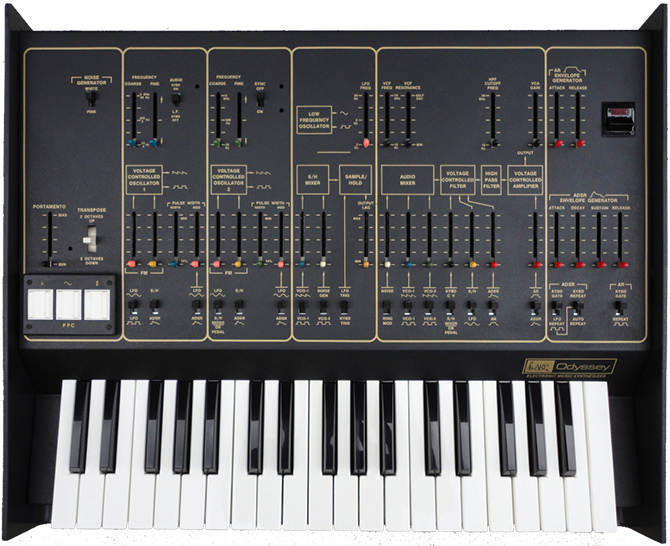
What to expect next: A Memorymoog, ARP Chroma, Prophet 12 VS, or Oberheim OB-4?
Top 10 synth solos in jazz
I always wanted to do a top 10 of synthesizer solos in Jazz/Fusion/Soul. Although the list is not strictly limited to this type of music, most of them are Jazzy/Improvised style anyway. If you have any remarks or other suggestions please let me know. This is my list:
1) Michael Brecker/Steps Ahead – In a sentimental mood
Synth: Oberheim Xpander driven by EWI
Great improvisation by Michael Brecker on EWI. Very expressive synth sound controlled by breath and usage of large note range through octave rollers on the EWI. You can also hear Mike Mainieri on Memorymoog.
2) Herbie Hancock/Chaka Khan – And the melody still lingers on/A night in Tunesia
Synth: Clavitar driving Sequential Circuits Prophet 5 rev 2
Nice screaming lead sound played on a remote keyboard called the Clavitar.
3) Joe Zawinul/Weather Report – Db waltz
Synth: Rhodes Chroma expander
Typical weird solo sound used by Zawinul played through the Chroma expander.
4) Scott Kinsey/Tribal Tech – Sheik of Encino
Synth: Nord lead 3
Nice overdriven/filtered sound with fast lfo octave modulation.
5) Pat Metheny – Are you going with me?
Synth: Roland GR-300 guitar synth driven by G-808 guitar
Classic trumpet/brass sound used by Metheny.
6) John Mclaughlin/Mahavishnu Orchestra – Clarendon Hills
Synth: Proton guitar synth
Typical fast-riff McLaughlin style solo.
7) Joachim Kuhn/Billy Cobham – AC/DC
Synth: Minimoog
Very tasteful use of the minimoog sound.
8) Mark Gray/Brecker Brothers – Bathsheba
Synth: Sequential Circuits Prophet 5
Nice jazzy style improvised solo.
9) Gary Wright – Are you weepin’
Synth: Minimoog
One of the first to experiment with (portable) moog synths on stage in the ’70s. This is a classical moog lead sound with heavy glide.
10) Jan Hammer – Miami Vice theme
Synth: Minimoog
Classic tune of Miami Vice TV series theme. Jan Hammer trying to emulate a guitar-like overdriven synth sound.